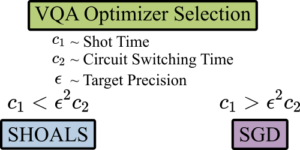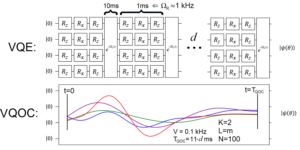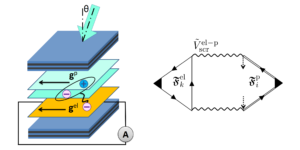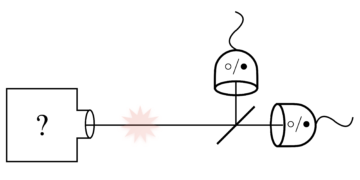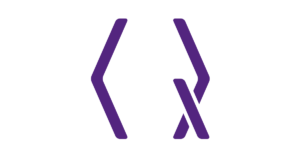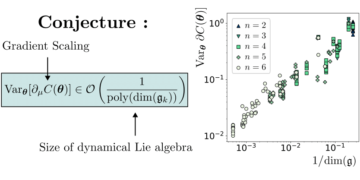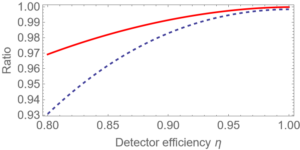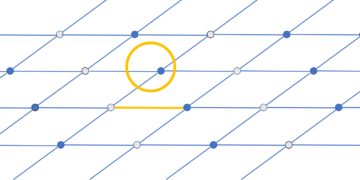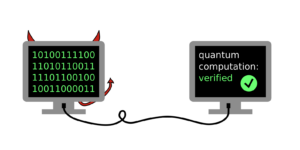1Universität Innsbruck, Institut für Theoretische Physik, Technikerstraße 21a, 6020 Innsbruck, Austria
2University of Geneva, Department of Applied Physics, 1211 Geneva, Switzerland
Find this paper interesting or want to discuss? Scite or leave a comment on SciRate.
Abstract
We consider a system of multiple qubits without any quantum control. We show that one can mediate entanglement between different subsystems in a controlled way by adding a (locally) controlled auxiliary system of the same size that couples via an always-on, distant dependent interaction to the system qubits. Solely by changing the internal state of the control system, one can selectively couple it to selected qubits, and ultimately generate different kinds of entanglement within the system. This provides an alternative way for quantum control and quantum gates that does not rely on the ability to switch interactions on and off at will, and can serve as a locally controlled quantum switch where all entanglement patterns can be created. We demonstrate that such an approach also offers an increased error tolerance w.r.t. position fluctuations.
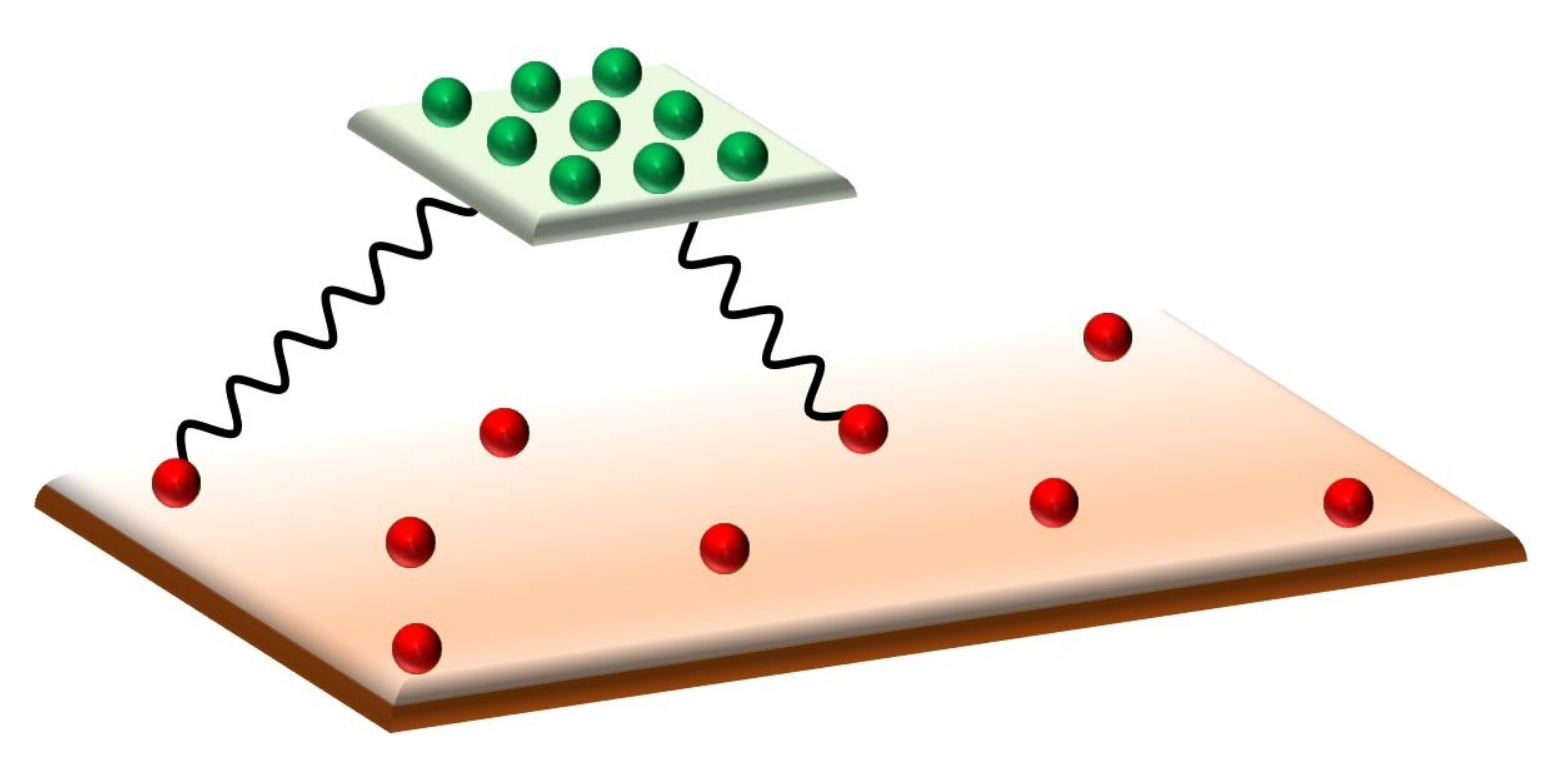
Featured image: An auxiliary control system (green) is used to control an inaccessible target system (red). By a proper choice of the internal state of the control system, one makes it selectively couple to the individual qubits of the target system and mediates an effective interaction
► BibTeX data
► References
[1] H. Weimer, M. Müller, I. Lesanovsky, P. Zoller, and H. P. Büchler, Nat. Phys. 6, 382 (2010).
https://doi.org/10.1038/nphys1614
[2] F. Albertini and D. D’Alessandro, J. Math. Phys. 59, 052102 (2018).
https://doi.org/10.1063/1.5004652
[3] F. Albertini and D. D’Alessandro, Linear Algebra Appl. 585, 1 (2020).
https://doi.org/10.1016/j.laa.2019.09.034
[4] F. Albertini and D. D’Alessandro, Syst. Control. Lett. 151, 104913 (2021).
https://doi.org/10.1016/j.sysconle.2021.104913
[5] D. D’Alessandro and J. T. Hartwig, J. Dyn. Control. Syst. 27, 1 (2021).
https://doi.org/10.1007/s10883-020-09488-0
[6] M. Hein, W. Dür, J. Eisert, R. Raussendorf, M. Van den Nest, and H.-J. Briegel, arXiv:quant-ph/0602096 (2006).
https://doi.org/10.48550/arXiv.quant-ph/0602096
arXiv:quant-ph/0602096
[7] M. Hein, J. Eisert, and H. J. Briegel, Phys. Rev. A 69, 062311 (2004).
https://doi.org/10.1103/PhysRevA.69.062311
[8] D. Porras and J. I. Cirac, Phys. Rev. Lett. 92, 207901 (2004).
https://doi.org/10.1103/PhysRevLett.92.207901
[9] G. Pagano, A. Bapat, P. Becker, K. S. Collins, A. De, P. W. Hess, H. B. Kaplan, A. Kyprianidis, W. L. Tan, C. Baldwin, et al., PNAS 117, 25396 (2020).
https://doi.org/10.1073/pnas.2006373117
[10] M. K. Joshi, A. Elben, B. Vermersch, T. Brydges, C. Maier, P. Zoller, R. Blatt, and C. F. Roos, Phys. Rev. Lett. 124, 240505 (2020).
https://doi.org/10.1103/PhysRevLett.124.240505
[11] P. Sekatski, S. Wölk, and W. Dür, Phys. Rev. Research 2, 023052 (2020).
https://doi.org/10.1103/PhysRevResearch.2.023052
[12] S. Wölk, P. Sekatski, and W. Dür, Quantum Sci. Technol. 5, 045003 (2020).
https://doi.org/10.1088/2058-9565/ab9ba5
[13] C. Kruszynska and B. Kraus, Phys. Rev. A 79, 052304 (2009).
https://doi.org/10.1103/PhysRevA.79.052304
[14] B. Kraus, Phys. Rev. Lett. 104, 020504 (2010a).
https://doi.org/10.1103/PhysRevLett.104.020504
[15] B. Kraus, Phys. Rev. A 82, 032121 (2010b).
https://doi.org/10.1103/PhysRevA.82.032121
[16] R. Raussendorf and H. J. Briegel, Phys. Rev. Lett. 86, 5188 (2001).
https://doi.org/10.1103/PhysRevLett.86.5188
[17] H. J. Briegel, D. E. Browne, W. Dür, R. Raussendorf, and M. Van den Nest, Nat. Phys. 5, 19 (2009).
https://doi.org/10.1038/nphys1157
[18] M. A. Nielsen and I. L. Chuang, Quantum Computation and Quantum Information, Cambridge University Press. (2010).
https://doi.org/10.1017/CBO9780511976667
[19] E. T. Campbell and S. C. Benjamin, Phys. Rev. Lett. 101, 130502 (2008).
https://doi.org/10.1103/PhysRevLett.101.130502
[20] D. Gottesman, Stabilizer codes and quantum error correction, arXiv:quant-ph/9705052 (1997).
https://doi.org/10.48550/arXiv.quant-ph/9705052
arXiv:quant-ph/9705052
[21] A. Steane, Phil. Trans. R. Soc. A. 356, 1739 (1998).
https://doi.org/10.1098/rsta.1998.0246
[22] M. Zwerger, H. Briegel, and W. Dür, Appl. Phys. B 122, 50 (2016).
https://doi.org/10.1007/s00340-015-6285-8
[23] J. Walgate, A. J. Short, L. Hardy, and V. Vedral, Phys. Rev. Lett. 85, 4972 (2000).
https://doi.org/10.1103/PhysRevLett.85.4972
[24] G. Vardoyan, S. Guha, P. Nain, and D. Towsley, Sigmetrics Perform. Eval. Rev. 47, 27–29 (2019).
https://doi.org/10.1145/3374888.3374899
[25] T. Coopmans, R. Knegjens, A. Dahlberg, D. Maier, L. Nijsten, J. de Oliveira Filho, M. Papendrecht, J. Rabbie, F. Rozpędek, M. Skrzypczyk, et al., Commun. Phys. 4, 1 (2021).
https://doi.org/10.1038/s42005-021-00647-8
[26] A. Hamann, P. Sekatski, and W. Dür, Quantum Sci. Technol. 7, 025003 (2022).
https://doi.org/10.1088/2058-9565/ac44de
[27] C. Spee, J. I. de Vicente, and B. Kraus, Phys. Rev. A 88, 010305 (2013).
https://doi.org/10.1103/PhysRevA.88.010305
[28] F. Riera-Sàbat, P. Sekatski, and W. Dür, In preparation.
[29] F. Riera-Sàbat, P. Sekatski, and W. Dür, arXiv:2207.08900 (2022).
https://doi.org/10.48550/arXiv.2207.08900
arXiv:2207.08900
Cited by
Could not fetch Crossref cited-by data during last attempt 2023-01-24 13:55:35: Could not fetch cited-by data for 10.22331/q-2023-01-24-904 from Crossref. This is normal if the DOI was registered recently. On SAO/NASA ADS no data on citing works was found (last attempt 2023-01-24 13:55:36).
This Paper is published in Quantum under the Creative Commons Attribution 4.0 International (CC BY 4.0) license. Copyright remains with the original copyright holders such as the authors or their institutions.
- SEO Powered Content & PR Distribution. Get Amplified Today.
- Platoblockchain. Web3 Metaverse Intelligence. Knowledge Amplified. Access Here.
- Source: https://quantum-journal.org/papers/q-2023-01-24-904/
- 1
- 10
- 11
- 1998
- 2001
- 2016
- 2018
- 2019
- 2020
- 2021
- 2022
- 28
- 7
- 9
- a
- ability
- ABSTRACT
- access
- affiliations
- All
- alternative
- and
- applied
- approach
- author
- authors
- Benjamin
- between
- Break
- cambridge
- changing
- choice
- comment
- Commons
- computation
- Consider
- control
- controlled
- copyright
- could
- Couple
- created
- data
- demonstrate
- Department
- dependent
- different
- discuss
- during
- Effective
- error
- fluctuations
- found
- from
- Gates
- generate
- generation
- Geneva
- Green
- harvard
- holders
- HTTPS
- image
- in
- inaccessible
- increased
- individual
- information
- institutions
- interaction
- interactions
- interesting
- internal
- International
- IT
- Jan
- JavaScript
- Joshi
- journal
- Last
- Leave
- License
- locally
- Maier
- MAKES
- math
- max-width
- Month
- multiple
- Nest
- normal
- Offers
- ONE
- open
- original
- Paper
- patterns
- Perform
- PHIL
- Physics
- plato
- Plato Data Intelligence
- PlatoData
- position
- press
- proper
- provides
- published
- publisher
- Quantum
- quantum error correction
- quantum information
- qubits
- recently
- Red
- references
- registered
- remains
- research
- same
- SCI
- selected
- serve
- Short
- show
- simulation
- Size
- State
- such
- Switch
- system
- Target
- The
- their
- Title
- to
- tolerance
- Ultimately
- under
- university
- URL
- via
- volume
- W
- will
- within
- without
- works
- year
- zephyrnet


